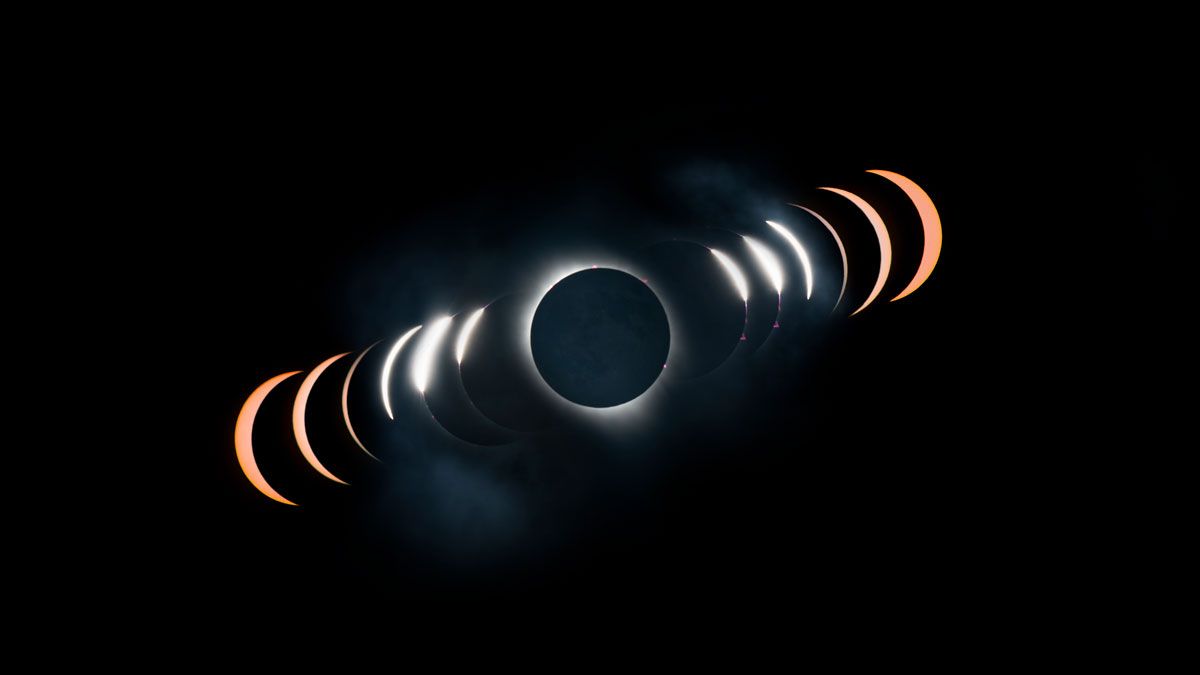I think maybe we figured out why pool is hard ;-)
to pocket a ball that is 4 feet from the CB, sure just draw a line from the pocket through the OB and you have the contact point , easy right?
Aha! but then picture a thin shot, now you are aiming 1/2 a ball away from the contact point so you are just grazing the OB with the CB
so you have adjusted yourself and you are compensating , lets imagine that was one degree of adjustment.
now go put that same ball further or closer and you have maybe half a degree or maybe 2 degrees adjustment, that's just compensating for the distance from the contact point to the center of the imaginary ghostball..
I dont even know what to call it. the surprising bit for me is we are all making this compensation, if we did not we could hardly make any balls.. we almost never actually shoot at the contact point but it feels like we do. we dont think in terms of any measured adjustment, we just rely on experience mostly..
we learn by doing and failing and somehow we input the adjustments into our brains, we must in order to improve.. I think so much happens on a subconscious level.
throw in some spin and squirt and throw and toss in terms like sqwerve and it gets way more complex.. now we are adjusting our shot angles to compensate for all that.
This website seems to try to explain it. I find it challenging to wrap my head around. Personally I feel I should work at really understanding all this more completely as it might help me a whole lot.
I bet there are a lot of really talented players that couldn't even explain all this stuff..
even just applying spin and adjusting for squirt on a ball 12 feet away is hard.. then you realize the balls path is curved too..
this is all "throwing a real curveball" into he mix.
Answers to frequently-asked questions about squirt, swerve, and throw confusion in pool and billiards.

billiards.colostate.edu


